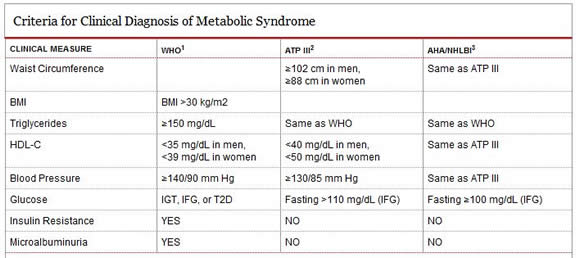Endocrine
Metabolic Syndrome
This syndrome is seen more commonly in survivors of childhood cancer than the general population. The risk is especially increased in those who have a history of cranial RT.
This health problem has been described with increasing frequency in survivors of acute lymphoblastic leukemia and is especially common in those who had low dose prophylactic cranial RT.
This most likely arises as a result of damage to the hypothalamus.
Metabolic syndrome is frequently associated with insufficient GH secretion in bone marrow transplant long-term survivors. The use of total body irradiation in the preparative regimen when the patient has previously received cranial RT is the biggest risk factor for the development of metabolic syndrome.*
Metabolic syndrome consists of:
- Hypertension
- Truncal obesity
- Hyperlipidemia
- Raised triglyceride levels
- Increased fasting plasma glucose
Survivors of childhood cancer should have their weight and blood pressure checked regularly. They should also have their fasting blood lipid levels drawn every year.
Untreated metabolic syndrome leads to an increased risk of cerebrovascular event (stroke), coronary artery disease and type 2 diabetes.
Regular exercise and dietary measures are important. Hypertension should always be treated.
Links:
Metabolic syndrome at PubMed Health
Metabolic syndrome at Wikipedia
* Taskinen M, LipsanenNyman M, Tiitinen A, et al: Insufficient growth hormone secretion is associated with metabolic syndrome after allogeneic stem cell transplantation in childhood. Journal of Pediatric Hematology/Oncology 29:529-534, 2007


